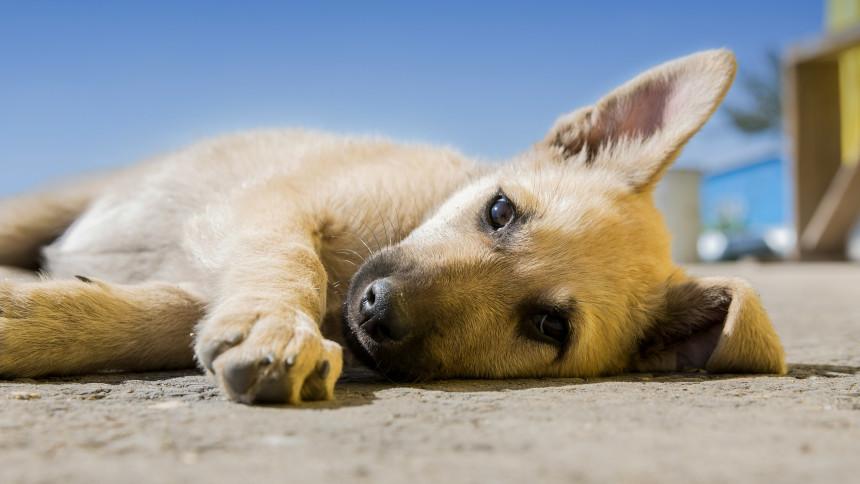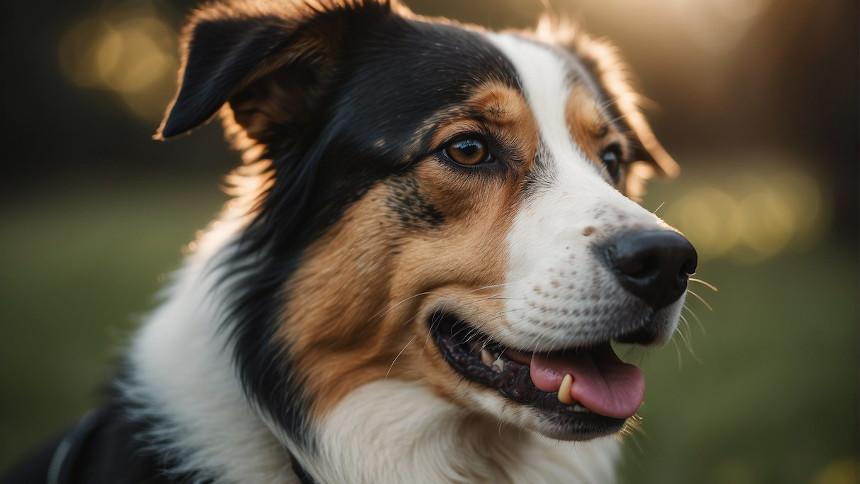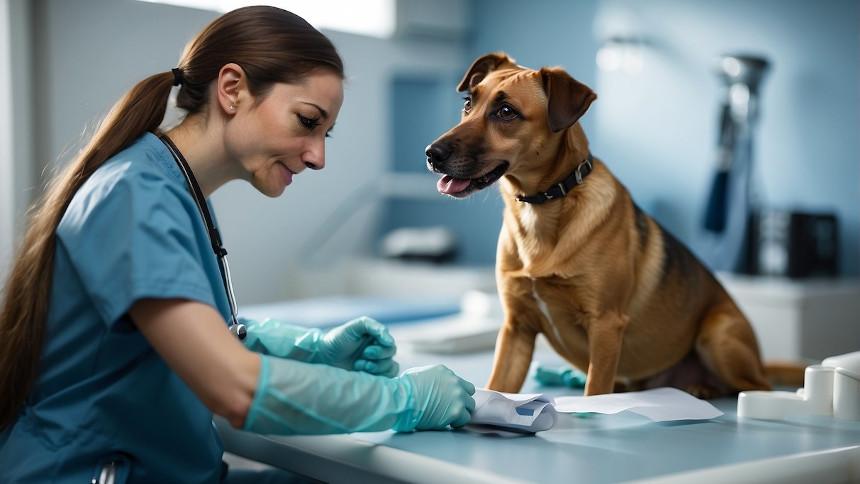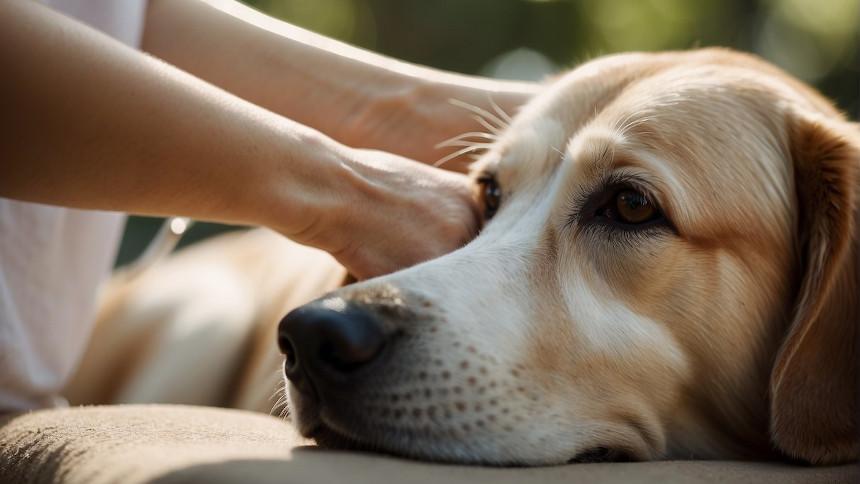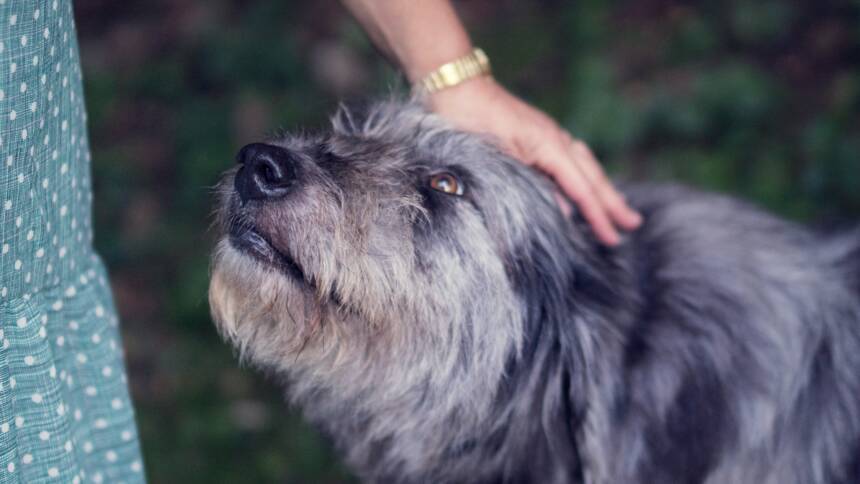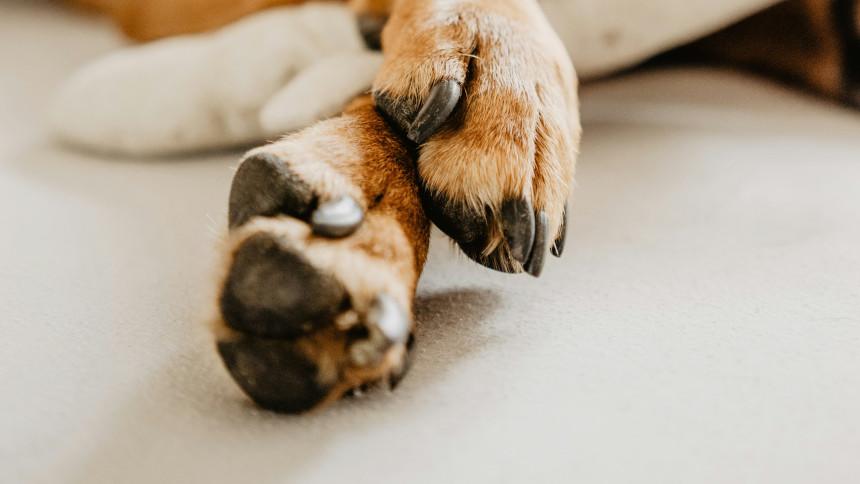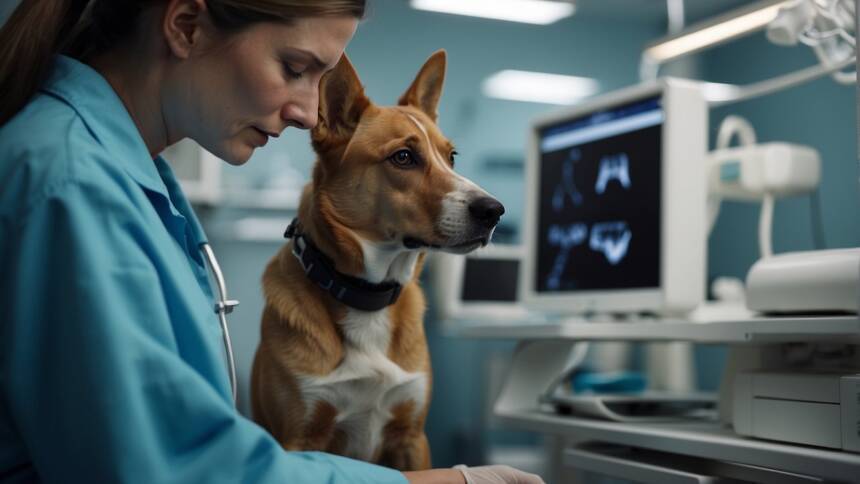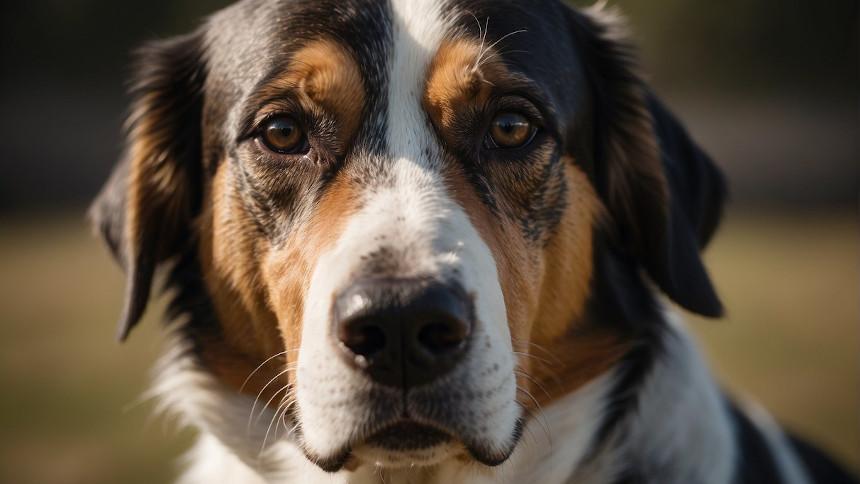When dogs enter into the realm of sleep, they often exhibit behaviors that mirror their human counterparts. Among these behaviors is the phenomenon of twitching or jerking during sleep. This activity is most noticeable during the REM (Rapid Eye Movement) stage of sleep, which is the portion of the sleep cycle associated with vivid dreaming in both dogs and humans.
Observing a dog jerking while sleeping can be a point of concern for pet owners, but it’s generally a sign that the dog is in a deep sleep phase, processing the day’s events. The jerking movements—often seen as paddling of paws or a slight quiver—can in fact be a dog’s physical reaction to the dream narrative playing in their resting mind.
While occasional twitching is normal, and often an indication of an engaged and active dreaming state, it is important for pet owners to differentiate between benign sleep twitches and signs of distress or a medical problem. Regular, rhythmic jerks and twitches are usually harmless. However, if a dog appears to be twitching excessively or shows signs of discomfort, it may be prudent to consult with a veterinarian to rule out any underlying conditions.
Understanding Dog Sleep Patterns
The sleep patterns of dogs are marked by distinct phases and behaviors, varying between puppies and senior dogs, which reflect their growth, development, and aging process.
Phases of Canine Sleep
Dogs experience two primary sleep phases: non-REM and REM sleep. During non-REM sleep, a dog’s body repairs itself and restores energy. REM sleep, or Rapid Eye Movement sleep, is the stage associated with dreaming, where a dog’s brain activity intensifies, potentially leading to movement or twitching.
Behavior and Movement During Sleep
While asleep, dogs might display various behaviors, especially during the REM state. They may exhibit subtle movements such as twitching, paw paddling, or even emit soft barks or growls. These actions can suggest that the dog is engaged in dreams about daily activities.
Differences in Puppy and Senior Dog Sleep
Puppies and senior dogs tend to sleep more than adult dogs, often requiring up to 18-20 hours of sleep per day. Puppies’ brains are actively developing which means the pons, responsible for inhibiting muscle movement during sleep, is less effective. This often results in more noticeable twitching during sleep. Senior dogs may also experience increased twitching, potentially due to the aging process or health-related issues.
Common Causes of Twitching and Jerking
Understanding the reasons behind a dog’s twitching and jerking during sleep can help pet owners distinguish between normal behaviors and symptoms of an underlying condition.
Normal Sleep Twitching
During the Rapid Eye Movement (REM) phase of sleep, dogs often experience involuntary movements just like humans do. These are typically harmless and indicate that the dog is in a deep sleep state, possibly dreaming. Twitching can occur in various body parts, including the paws and facial muscles. The sequence usually lasts from 5 to 10 seconds.
Stress and Anxiety-Induced Movements
Dogs may experience stress or anxiety-related twitching as a reaction to fear or discomfort. Common triggers include separation anxiety, loud noises like thunderstorms, or unfamiliar environments. Signs of stress can manifest as sleep disruptions and result in increased movements similar to twitching.
Involuntary Muscle Spasms and Conditions
Spasms and jerking could be symptoms of underlying muscle or neurological conditions. Conditions like arthritis might cause muscle stiffness and twitching. Neurological disorders may present as more pronounced or continuous spasms. Myoclonus, a muscle contraction disease, can lead to sudden jerks or, in more serious cases, seizures. If twitching is accompanied by other symptoms or significant behavior changes, a veterinary consultation is essential to rule out serious health issues.
Sleep Disorders and Neurological Issues in Dogs
Dogs may exhibit jerking movements while sleeping due to various neurological issues and sleep disorders. Understanding these conditions is crucial to ensure canine well-being and necessitates prompt veterinary attention.
Seizures and Epilepsy
Seizures encompass sudden and uncontrolled electrical disturbances in the dog’s brain that can manifest as jerking movements. Epilepsy, a chronic condition, involves recurrent seizures and demands a thorough evaluation from a veterinarian. One should note a seizure’s characteristics, like duration and parts of the body affected, to help with diagnosis and treatment.
Canine Sleep Apnea and Disturbed Breathing
Canine Sleep Apnea is a breathing-related sleep disorder characterized by intermittent pauses in breathing. These disturbances not only affect the quality of a dog’s sleep but also its overall health. Affected dogs may exhibit snoring, gasping, or choking sounds, and it is essential to monitor these symptoms for potential respiratory or neurological complications.
Brain Activity and Neurological Abnormalities
Neurological issues in dogs often relate to abnormal brain activity, which can result in unusual sleep patterns and movements. Lafora’s Disease is a genetic neurological disorder leading to myoclonic seizures, characterized by sharp jerking motions. Identifying such disorders early is vital for managing symptoms and involves assessing the dog’s brain activity and response to stimuli.
Health Concerns Leading to Abnormal Sleep Behavior
When a dog exhibits jerking motions during sleep, it may be indicative of underlying health concerns. Owners should be attentive to patterns and severity, as these could point to toxic exposure, medical issues, or the after-effects of injury or trauma.
Toxic Substances and Poisoning
Toxins and Poisoning: Dogs exposed to toxic substances might display abnormal behaviors, including twitching or jerking in sleep. These substances include:
- Chocolate: Contains theobromine, dangerous to dogs and can cause tremors.
- Laundry Detergent: Ingestion could lead to vomiting or more severe neurological symptoms.
- Insecticides: Chemicals meant to deter pests can be poisonous, potentially leading to foaming at the mouth and convulsions if your pet is affected.
Immediate veterinary care is crucial should a dog exhibit such symptoms after exposure to toxins.
Medical Conditions Influencing Sleep
Diseases and Disorders: Several medical conditions can affect a dog’s sleep:
- Diabetes: May cause unrest due to discomfort from imbalanced glucose levels.
- Canine Distemper: A serious disease that can result in neurological problems, including twitching.
- Epilepsy: Notably leads to seizures, which can also occur during sleep.
Owners should monitor their dogs for signs of disease progression and consult their vet for ongoing concerns.
Injuries and Trauma
Physical Harm: Injuries or trauma can affect a dog’s sleep behavior. A dog may experience jerking motions during sleep due to pain or the body’s response to healing. It is essential for owners to ensure the dog’s environment is safe and to provide appropriate care for any known injuries.
Recognizing and Responding to Dog Sleep Anomalies
Dog sleep anomalies can range from benign twitches to symptoms of underlying conditions. It is crucial to observe the nature of the twitching, its frequency, and any accompanying signs to make informed decisions about your dog’s health.
When to Consult a Veterinarian
Symptoms that warrant a consultation with a veterinarian include prolonged twitching, accompanying signs of distress such as whining or confusion upon waking, or if twitching seems to be associated with loss of consciousness or bowels. If twitches occur frequently or increase in intensity, these could be indicative of neurological issues. Breeds with predispositions to certain conditions should be monitored closely.
Diagnosis and Treatment Options
To diagnose the cause of sleep anomalies, a veterinarian may conduct a thorough examination, which can include:
- Neurological assessments
- Imaging tests (MRI, CT scans)
- Blood work
Treatment varies based on diagnosis and may involve:
- Medications for neurological or muscle-related issues
- Adjustments to the sleeping area to prevent injury during sleep twitches
- Recommendations for increased exercise or dietary changes to improve overall health
Cost for these treatments and diagnostics will vary, depending on the required procedures and medications.
Preventive Measures and Care Tips
To minimize the risk of sleep anomalies:
- Ensure your dog has a comfortable sleeping area that is safe and free from disturbances.
- Maintain a regular exercise routine to promote healthy sleep patterns.
- Monitor breed-specific behaviors, as some breeds may have a higher risk of certain sleep-related issues.
A proactive approach to your dog’s sleep health can help maintain your pet’s overall wellbeing.

